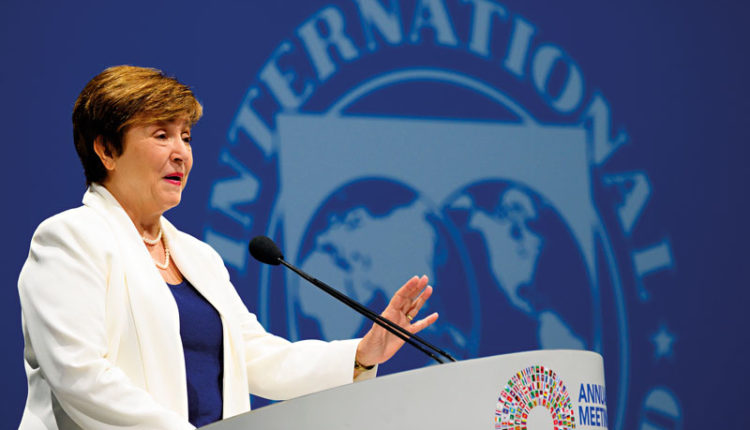Global Trade Alert data analysed by the IMF has disclosed that the number of unilateral limitations imposed by countries on cross-border trade and investment increased significantly over the past decade, reversing the general trend of liberalisation witnessed throughout the majority of the 20th century.
According to IMF’s Global Trade Alert, in 2022, new restrictions on goods, services and investment jumped 14% from the previous year, reaching more than 2,600. This, it stated, was more than six times higher than in 2013. Restrictions on investment experienced the greatest increase, reaching 239 last year — more than four times that imposed in 2021.
During the COVID-19 pandemic, many countries restricted exports of medical goods like vaccines and foodstuffs. More recently, Russia’s war in Ukraine and competition between the US and its allies with China has fomented further protectionism.
Trade restrictions, such as tariffs and export bans, have also proliferated in sectors including commodities and semiconductors, which are often viewed as central to national security.
IMF in its analyzed report revealed that the risk with these economic protectionist actions is a bifurcation of global trade, which could lead to increased costs for multinationals and a loss of gross domestic product (GDP).
Experts expressed worry about “geoeconomic fragmentation”, which would be if the world split into two exclusive trading blocs — one aligned to the US and EU, and another aligned with China and Russia.
Economies’ GDP
In a recent Finance and Development (F&D) article, IMF economists Marijn Bolhius, Jiaqian Chen and Benjamin Kett predicted that this hypothetical geoeconomic fragmentation scenario would lead to a permanent loss of global GDP of 2.3%.
“The most worrying downside risk of fragmentation in global trade is a further escalation of current tensions to the extent that countries could start to form blocs that stop trading with other countries, and force third parties to choose sides. Under this scenario, low-income countries would lose out the most, with a permanent GDP loss of more than 4%.
“Low-income countries and emerging markets ‘would get caught in the crossfire’, losing access to key imports and export markets. This would exacerbate hardship in the [sub-Saharan Africa] region. The world’s poorest region was at most risk from fragmentation of trade into two exclusive blocs” IMF Economists made it known.
According to the economists, even under a less severe “strategic decoupling” scenario, global output is estimated to permanently shrink by 0.3%. This would involve a heightening of existing sanctions and trade policies, where there is an elimination of all trade between Russia and the US/EU, as well as an eradication of trade in high-tech sectors between China and the US/EU.
For multinational companies operating in many different jurisdictions, trade fragmentation presents significant risks. If this rising protectionist trend continues, the IMF economists warned it could lead to “increased costs for international firms that either have to pay tariffs on their imported inputs or source from alternative, more expensive suppliers”.
“It could also reduce their access to sales in foreign markets, or make their products less competitive due to additional tariff costs.”
More so, an IMF paper using FDI Markets data found that FDI flows are being increasingly directed to geopolitically aligned countries rather than those that are geographically close.
The authors of the F&D article noted that geoeconomic fragmentation “could hinder cross-border capital flows,” thereby limiting countries’ options for external financing and impeding their economic development.


Comments are closed.